Perhaps most dress codes should say "shirt tuck required."
After all, research conducted by Fruit of the Loom in 2015 revealed that men who tuck their shirts in at work make more money than those who don't. And we're not talking mere pennies: The average salary for tuckers was $77,886 versus $65,578 for the non-tuckers. The survey also found that tuckers are happier at work and more optimistic about the future.

If Hollywood can be believed (always worth questioning), they might be luckier in love too. Icons of suave like James Bond and Humphrey Bogart are always seen looking impeccably tailored.
Even romance novel cover god Fabio, who is better known for wearing shirts that expose his brawny chest, is rarely seen without the tails tucked. It's, like, civilized, or something.
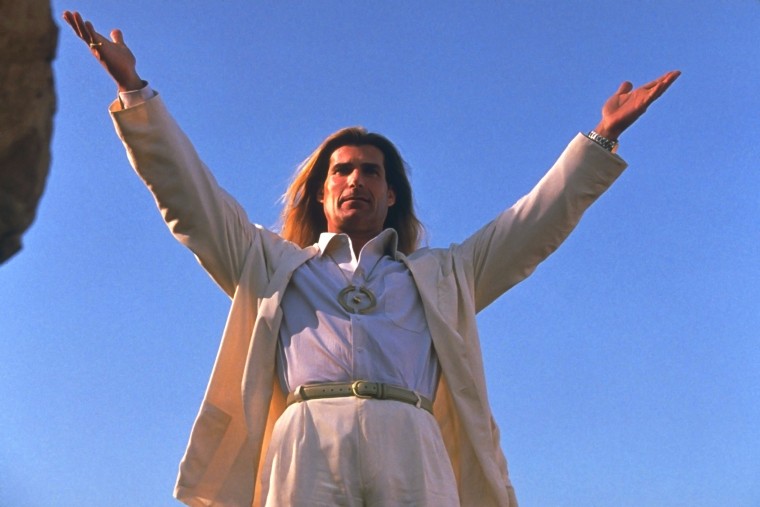
But ... why?
Related: Here's one reason you shouldn't wear an untucked shirt to the office
Before separate undergarments became a thing — which actually didn't happen until the late 18th century — long shirttails were the only thing standing between a person's outer clothing and their, ahem, private areas.
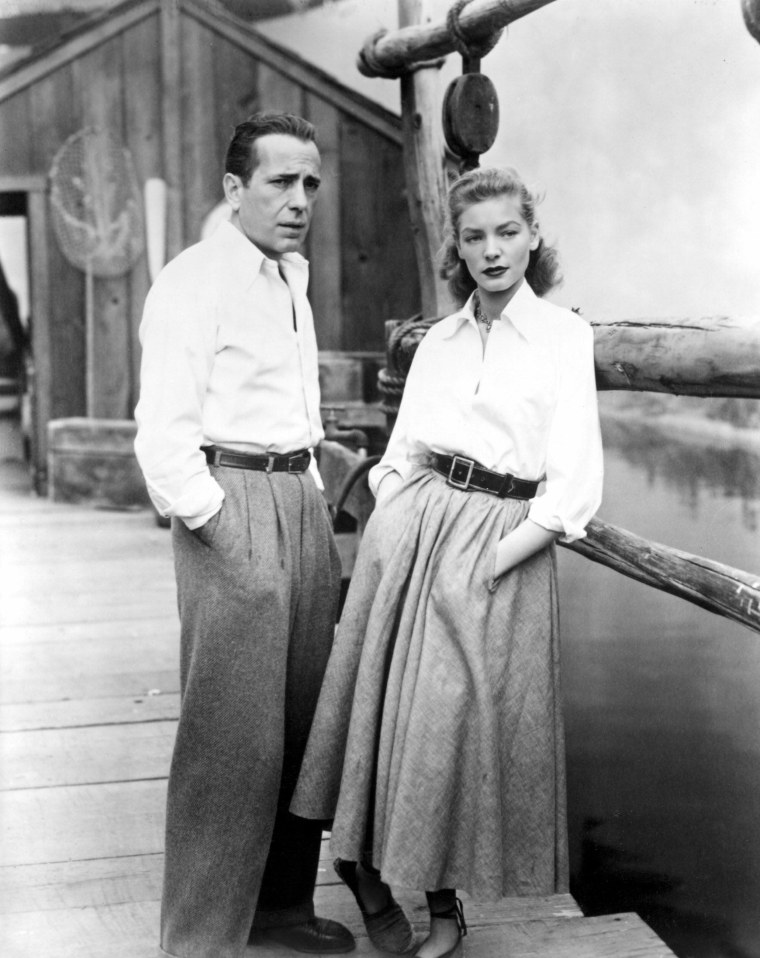
"Prior to changes in the 19th century, the mens shirt also served as their underwear," Nicole Rudolph, a costume designer and historical clothing specialist, confirmed to TODAY after first sharing the information via Reddit. "Often made of linen, sometimes of wool, and eventually of cotton in the 19th century, the shirt protected the outer clothing from body residue, sweat, and odor. It came down to about the knees in length and was tucked between the legs before putting on breeches or trousers."
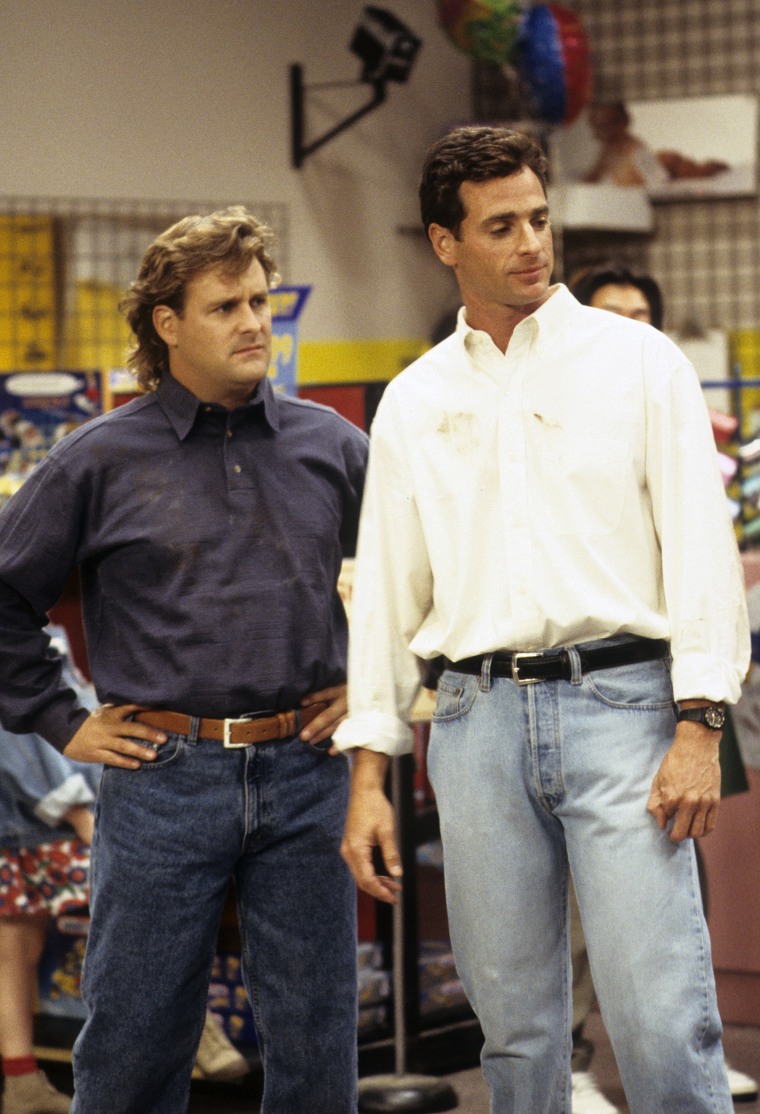
Actually, those "shirts" were pretty much considered underwear ... i.e. not intended for public viewing (this was before athleisure, obvs). "Things like smocks, hunting shirts, and working frocks are shirt-like but still worn over the shirt," said Rudolph. "Those are left untucked, but are all considered working outer garments and not underwear. The shirt doesn't lose its purpose of underwear until the later half of the 19th century when separate drawers become the popular alternative."
Related: This is how to get the perfect pants cuff — that won't fall down!
Since most people only owned one or two sets of clothing, tucking kept them clean longer, resulting in better hygiene and a more polished presentation.
The symbolism stuck, and the tuckers continue to hold down a reputation as those who Have Their Stuff Together.
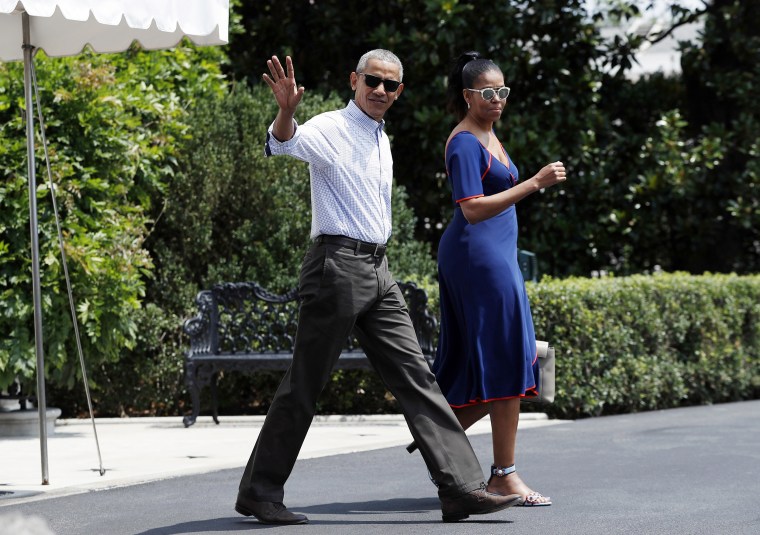
But even if you're more "class clown" than "world leader"...
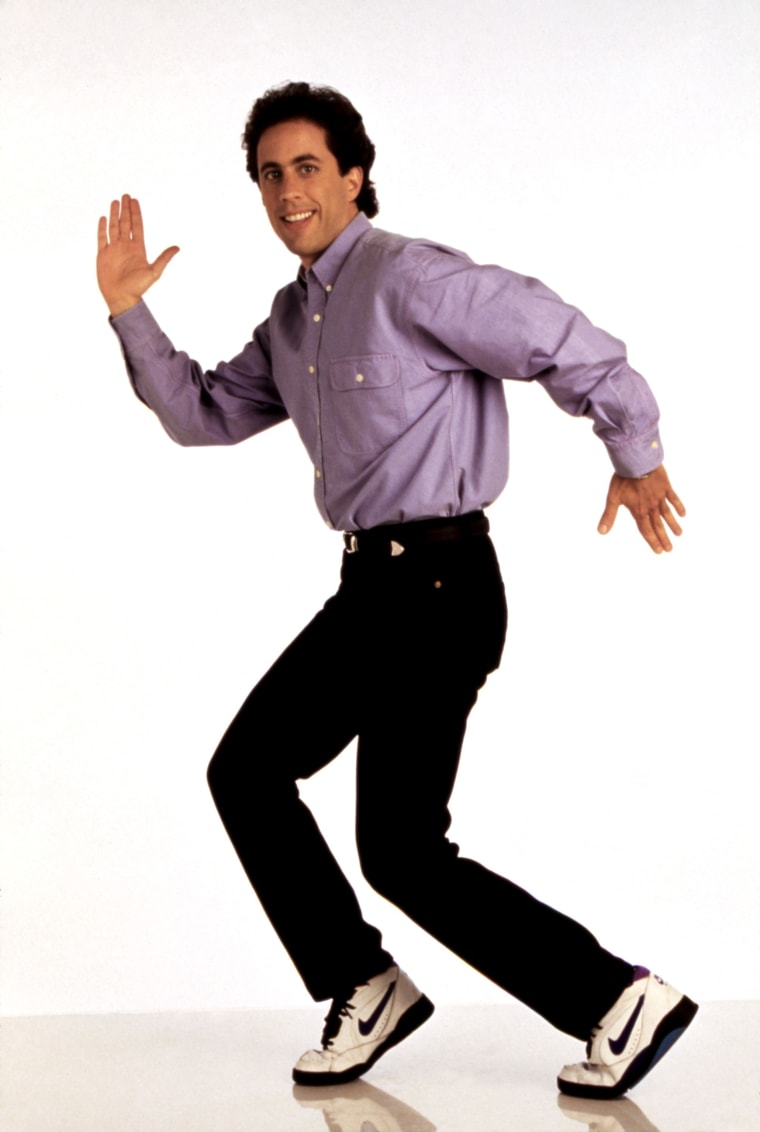
It never hurts to bring your T-game.
So now that you understand what's underneath the system, you can choose to participate or not ... but only because you have the modern luxury of choosing what's underneath your clothes.